
Sabena was founded and began operations on 23 May 1923 as the national carrier of Belgium. The airline was created by the Belgian government after its predecessor SNETA (Syndicat national pour l'étude des transports aériens, formed in 1919 to pioneer commercial aviation in Belgium, ceased operations. Sabena operated its first commercial flight from Brussels to London (UK) on 1 July 1923, via Ostend. Services to Rotterdam(Netherlands) and Strasbourg (France) were launched on 1 April 1924. The initial planes used by the airline were De Havilland DH-9 C. The services were then extended to Basel (Switzerland), Amsterdam (Netherlands) and Hamburg (Germany) from 1924 to 1929 via Antwerp, Düsseldorf, and Essen.
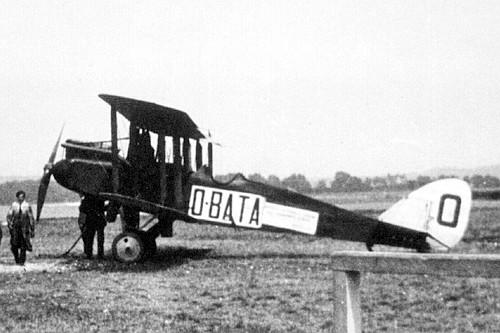
When Sabena was created, the airline was partly funded by Belgians in the Belgian Congo colony who lost their air service, an experimental passenger and cargo company (LARA) between Léopoldville, Lisala, and Stanleyville a year earlier and who expected the new Belgian national airline to fill this gap. On 12 February 1925, Sabena pioneered a long haul flight across Africa to Leopoldville, capital of the Belgian Congo. Throughout its history, Sabena had a long tradition of service to African destinations and for a long time these were the only profitable routes served by the airline.
Sabena used landplanes for its Congo operations. First, flights were operated with De Havilland DH.50s, although these were quickly replaced by the larger Handley Page W.8f which had three engines and offered ten seats. By 1931 Sabena's fleet, including the aircraft used on the Congo network, totalled 43 aircraft. Its mainstay type was the Fokker F.VIIB with a lesser number of smaller Fokker VIIA and 14 Handley-Page types. It also flew British Westland Wessex aircraft
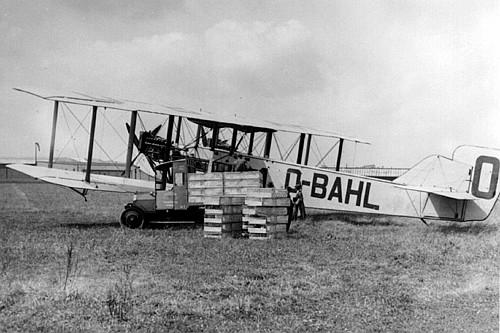
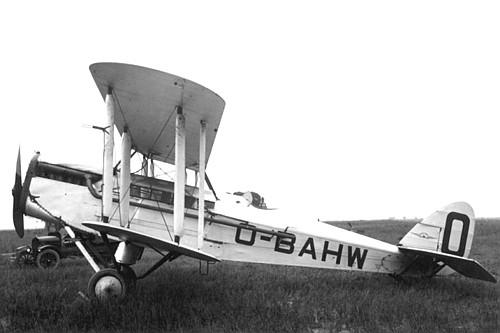
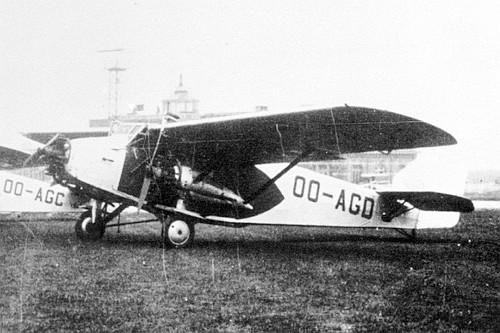
Sabena occasionally flew to tropical Africa, Belgium's Congo colony, but mostly these aircraft were shipped out. There was no direct flight yet between Belgium and the colony. As the 1930s progressed, Sabena cooperated with Air France and Deutsche Luft Hansa, which also had interests in routes to destinations across Africa. Sabena's first long-haul flight to the Congo occurred on 12 February 1935 and took five and a half days, for which Sabena used a Fokker F-VII/3m aircraft. The following year, Sabena purchased the Savoia-Marchetti SM.73 airliner. With a speed of 300 km/h, it reduced the journey time taken to only four days, and the Sabena service ran on alternate weeks to an Air Afrique service.
In Europe, Sabena opened services to Copenhagen and Malmö in 1931 and a route to Berlin was initiated in 1932. The mainstay pre-war airliner that Sabena used in Europe was the successful Junkers Ju 52/3m airliner. While the Brussels Haren airport was Sabena's main base. In 1938, the airline purchased the new Savoia Marchetti SM.83, a development of the S.M. 73.
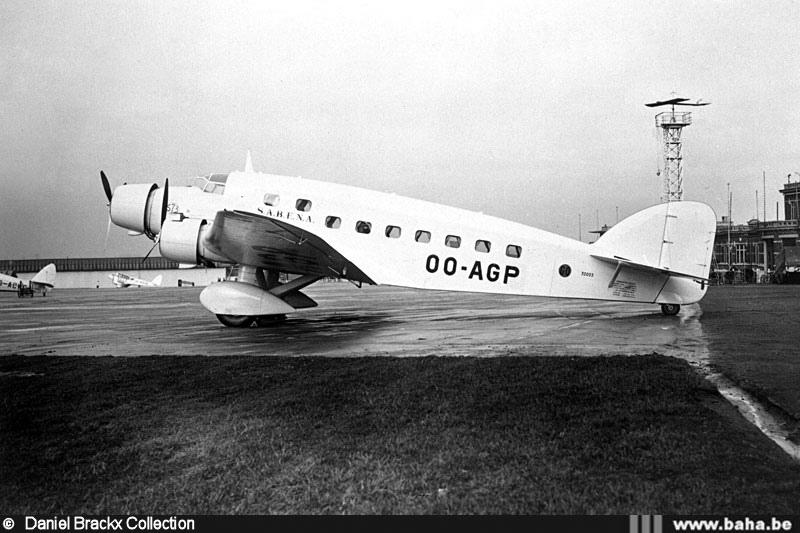
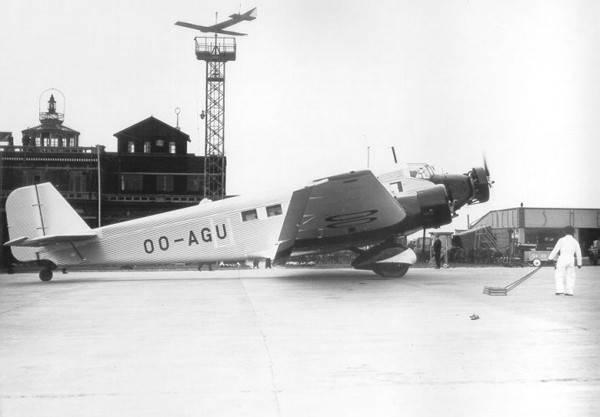
.jpg)
At the outbreak of World War II in 1939, Sabena's fleet totalled 18 aircraft. Sabena also had just taken delivery of two Douglas DC-3s. During the war the airline managed to maintain its Belgian Congo routes, but all European services ceased. After the war, in 1946 Sabena resumed operating a network of intra-European scheduled services. The fleet initially consisted mainly of Douglas DC-3s. The airline now flew under the name of SABENA - Belgian World Airlines.
Sabena started its first transatlantic route to New York City on 4 June 1946, initially using unpressurised Douglas DC-4 airliners which were augmented and later replaced by Douglas DC-6Bs. The DC-4s also restarted the airline's traditional route to the Belgian Congo.
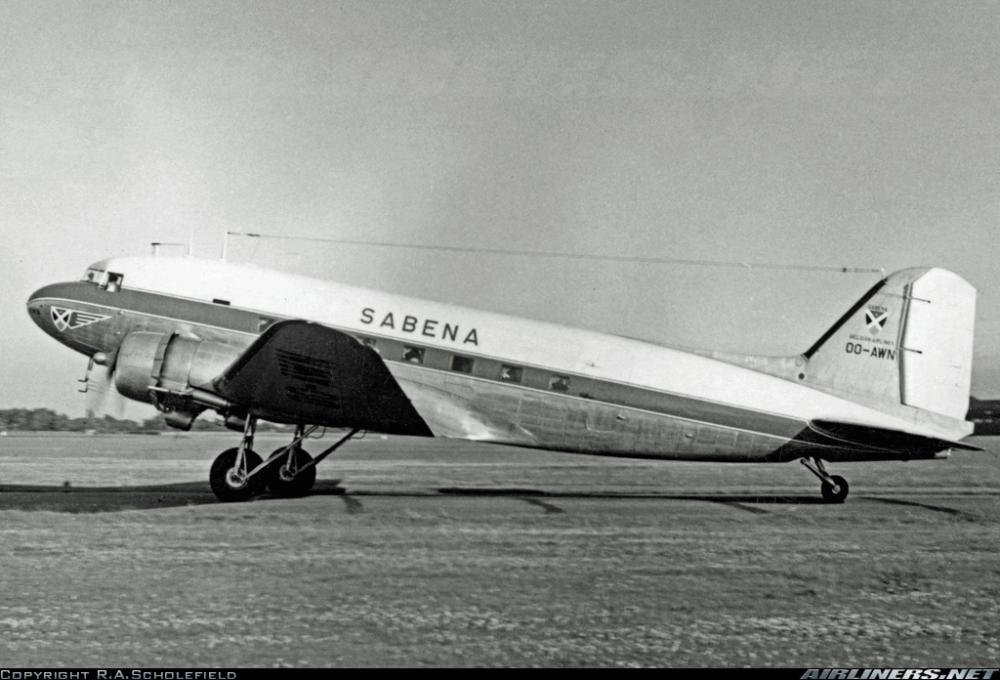
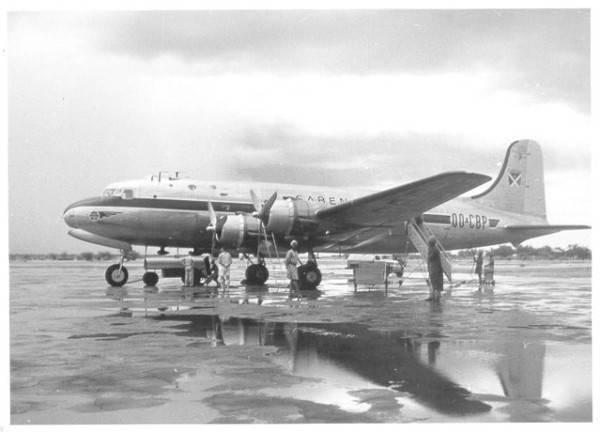
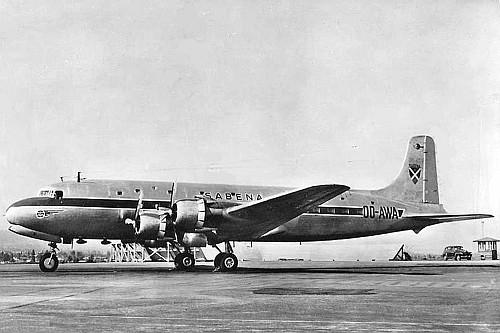
Sabena was the first airline to introduce transatlantic schedules from the north of England, when one of its DC-6Bs inaugurated the Brussels-Manchester-New York route on 28 October 1953. The Convair 240 was introduced in 1949 to partially replace the DC-3s that until then had flown most European services. As of 1956, improved Convair 440 "Metropolitan" twins began replacing the Convair 240 twins and were used successfully well into the 1960s between European regional destinations.
In 1957, the long-range Douglas DC-7C was introduced for long-haul routes but this plane would begin to be supplanted after only three years by the jet age. It remained in service on the transatlantic route until 1962.
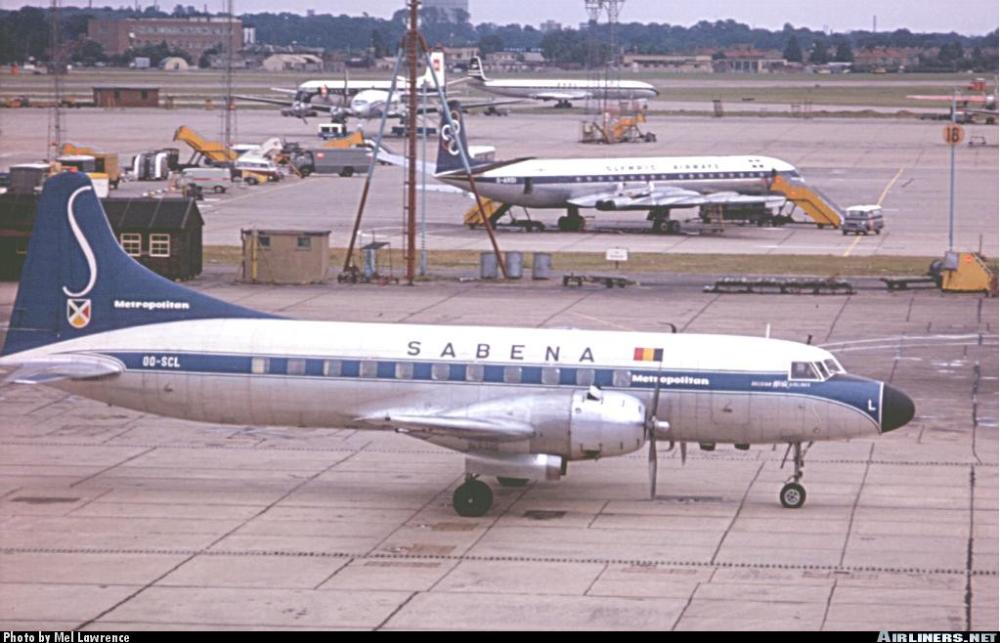
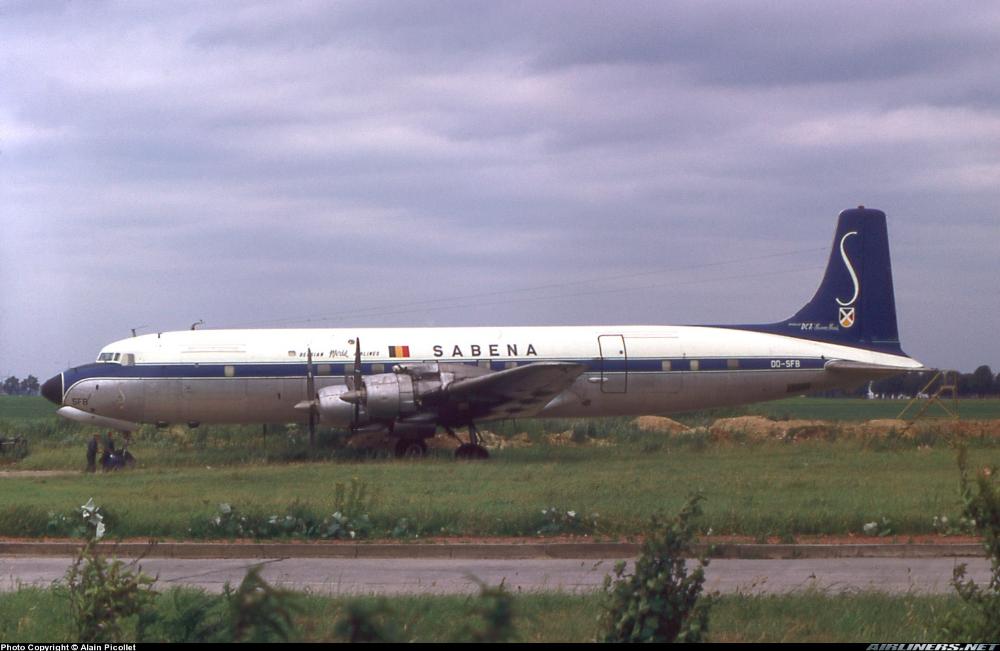
1960 saw the introduction of the Boeing 707-320 intercontinental jet for trans-Atlantic flights to New York. SABENA was mainland Europe's first airline to operate a jet across the Atlantic. Six Caravelle jetliners were introduced on all medium-haul routes in Europe from February 1961, being flown on most routes alongside the Convair 440s, until the early 1970s. The beginning of the 1960s saw a major upheaval for Sabena in the Congo. Widespread rioting against Belgian colonials in the months leading up to, and after the independence of the Democratic Republic of the Congo, caused thousands of Belgians to flee the country. When the new republic began its own airline, Air Congo, in June 1961, Sabena held 30 percent of that airline's shares.
The Douglas DC-6Bs remained in service with Sabena in the mid-1960s although they were no longer used on the airline's main routes. The Boeing 707s and Caravelles became the mainstay types during this decade. Boeing 727-100s were introduced on important European routes and also some African services from 1967 in a unique colour scheme; the fin markings incorporated bare-metal rudder and white engine colours. The only other aircraft to have its own special markings was the McDonnell Douglas DC-10. At this time Fokker F27 Friendships entered service between regional Belgian airports and European destinations such as London Heathrow.
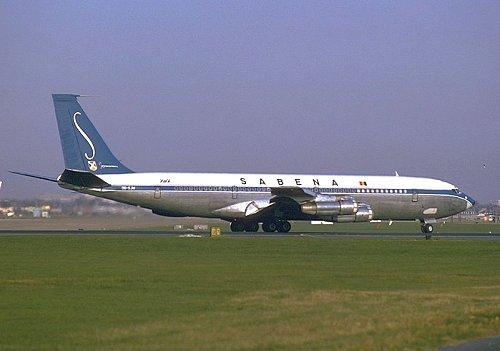
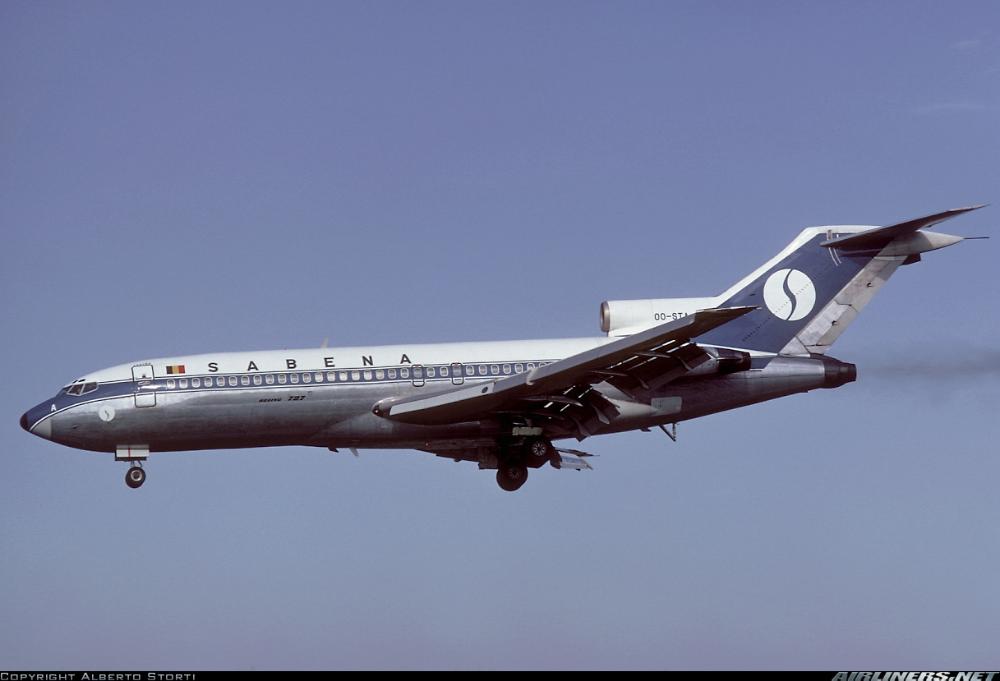
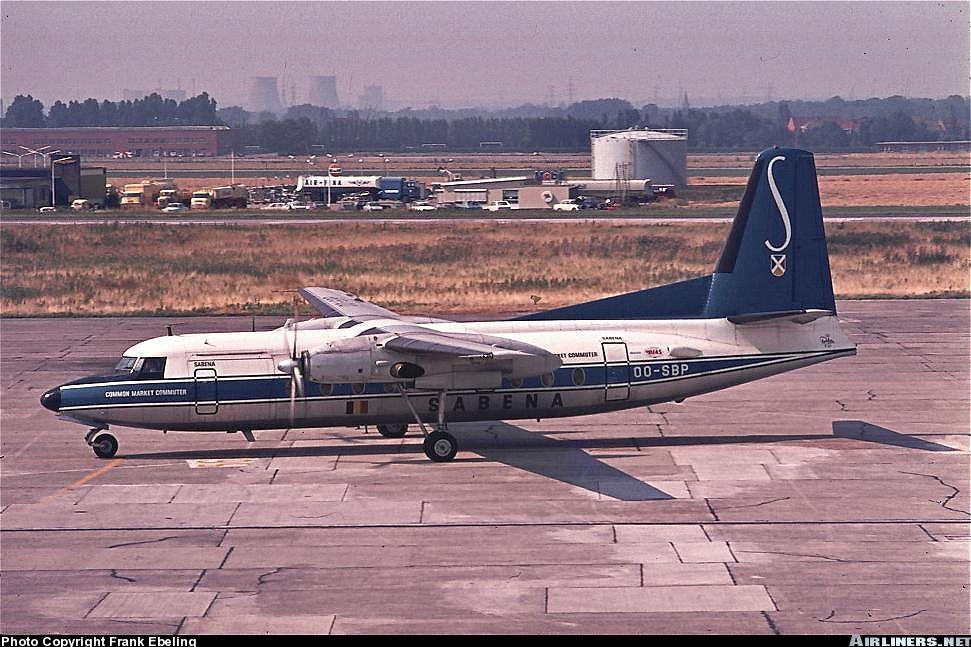
The Boeing 747-100 was introduced in 1971, on transatlantic routes flying alongside the Boeing 707-320Cs. Sabena, like many other trans-Atlantic airlines, was satisfied with the Boeing 707s. Sabena purchased only two first generation jumbo jets and it continued to fly the 707 into the late 1970s. In 1973, the Boeing 727s on the European network were replaced by Boeing 737- 200s. The Douglas DC-10-30 entered service in 1974. In total, Sabena purchased five of these convertible (Passengers and/or freight) combi aircraft wide-body jets.
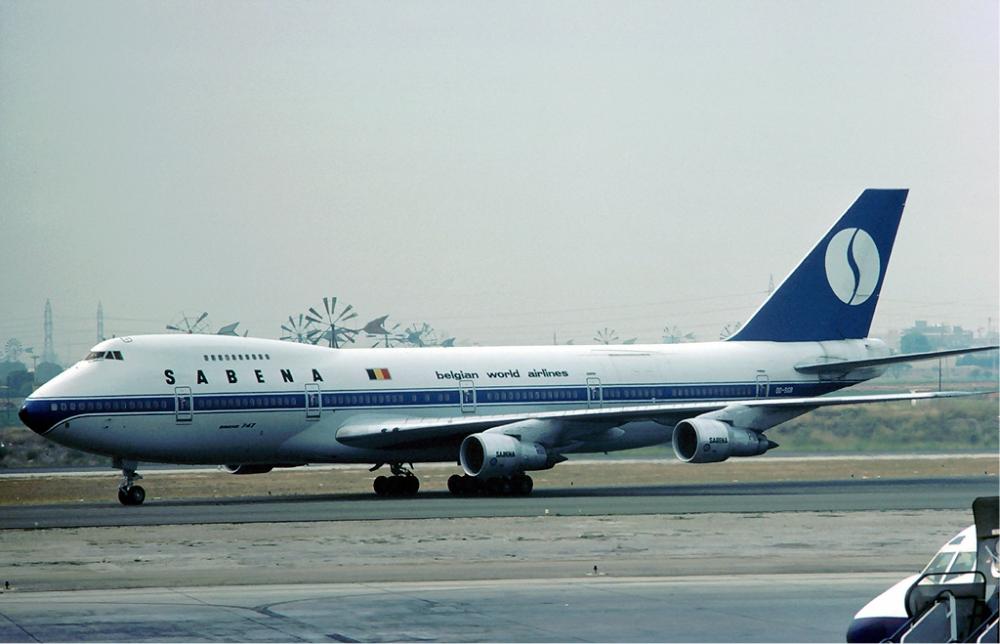
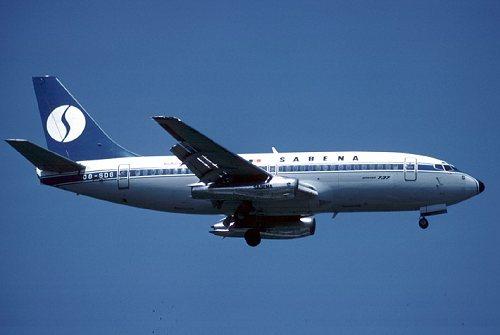
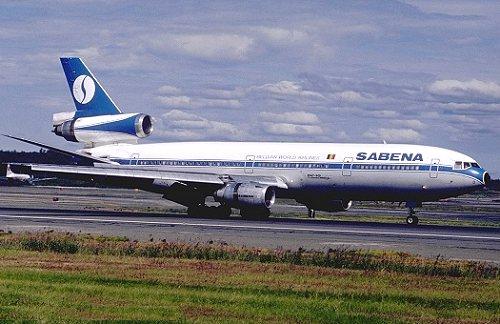
In 1984 Airbus A310s were introduced on routes that had high passenger density. This aircraft type also introduced a modernisation of the 1973 Sabena livery, in which a lighter blue was used and the titles on the fuselage were in a more modern style. In June 1986 the first of two Boeing 747-300 aircraft joined the fleet, eventually replacing the older 747-100s.
Around 1987, SAS tried to merge with the carrier, but the merger was blocked by the Belgian authorities. In 1989, British Airways and KLM purchased stakes in Sabena, which were later sold back to the Belgian government.
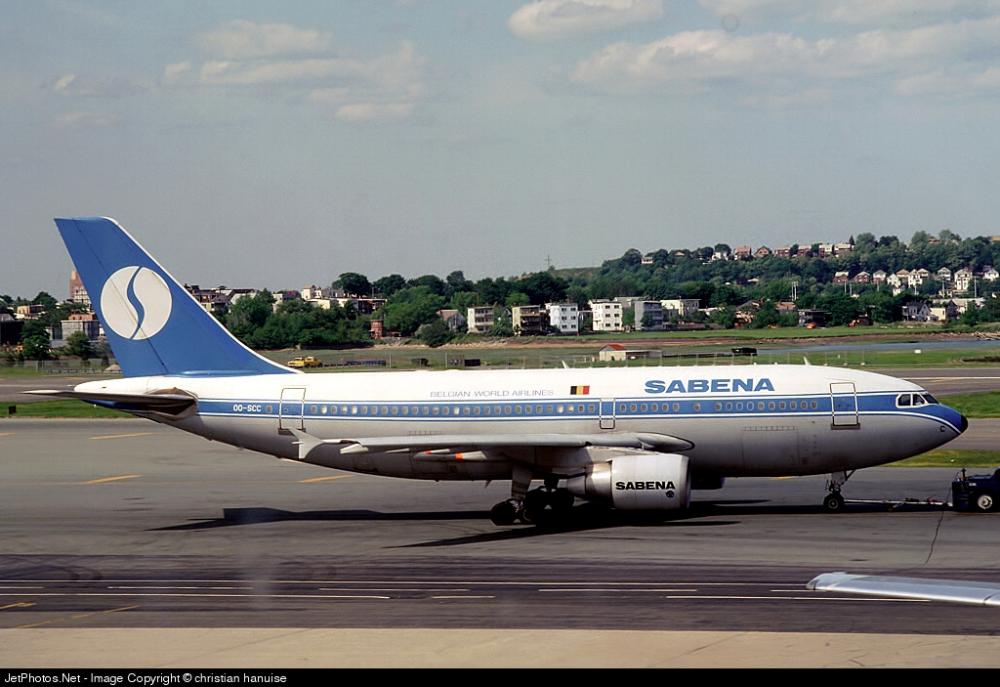
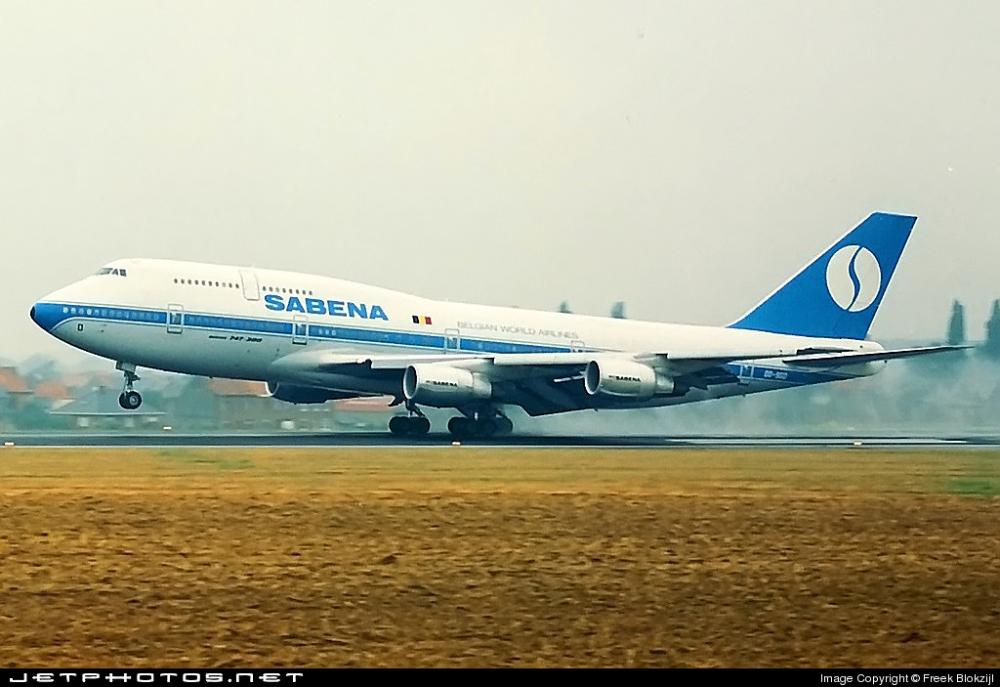
A new name, Sabena World Airlines, and colours were introduced for the 1990s. The new livery had an overall white colour and the white circle tail logo in blue on the fin. A large "Sabena" title covered the fuselage in light blue and the name "Belgian World Airlines" was at times just visible, though the title was also painted on the fuselage in small, clear letters.
After the liberalisation of the airline industry throughout Europe and the economic consequences of the Gulf War, the Belgian government, the main shareholder of the company, realized that Sabena had little chance of surviving on its own in this very competitive market, and began searching for a suitable partner. Sabena remained in a poor financial state, and year after year the Belgian government had to cover losses, however, it was however prevented from providing new funds due to EU State Aid rules.
The Boeing 737-300 were introduced from 1991. In 1993, Air France purchased a large minority stake in Sabena, which it sold soon after. Finally, in 1995, Swissair purchased a 49 percent stake in Sabena and took over management. Towards the end of the 1990s saw further fleet type renewal: the DC-10- 30s were replaced with twin-engined Airbus A330 in 1997 and the Boeing 747s with four-engined Airbus A340-200/300 in 1996.
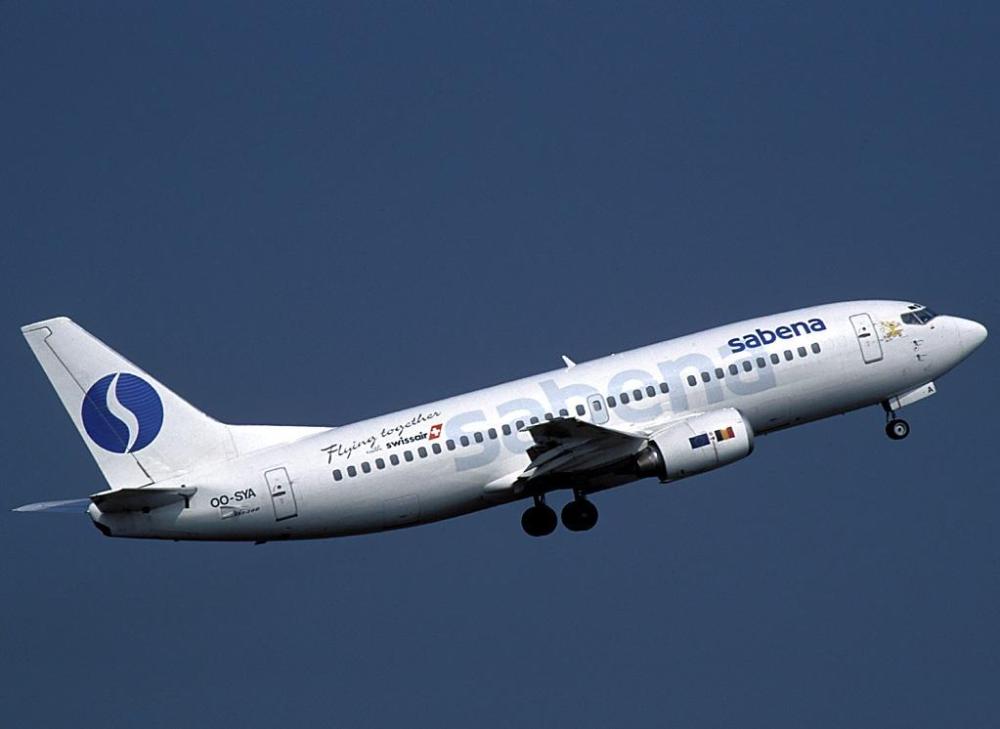
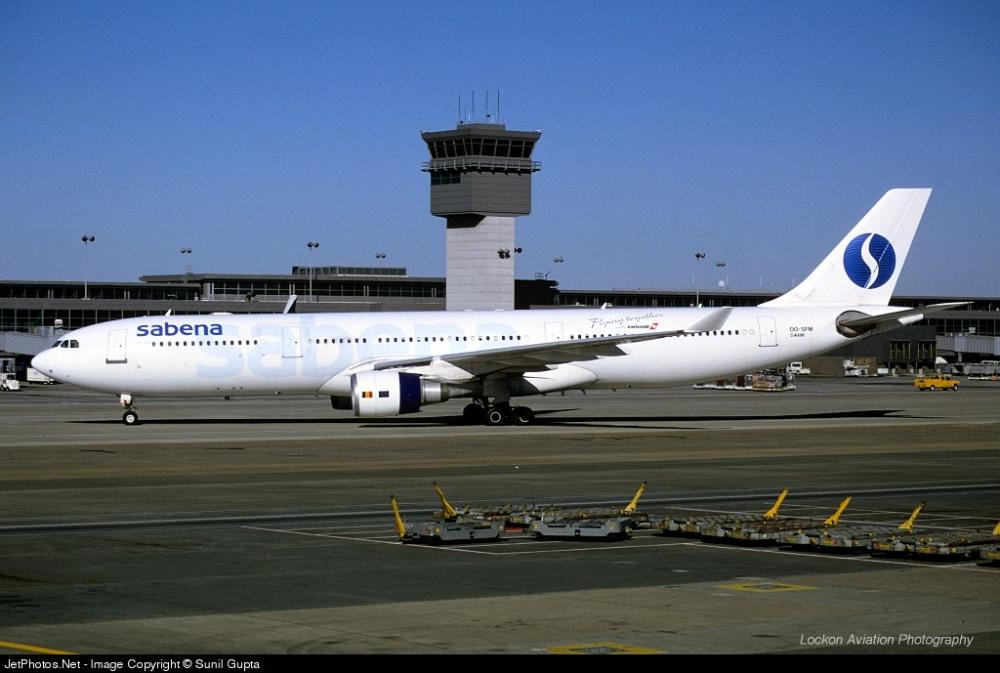
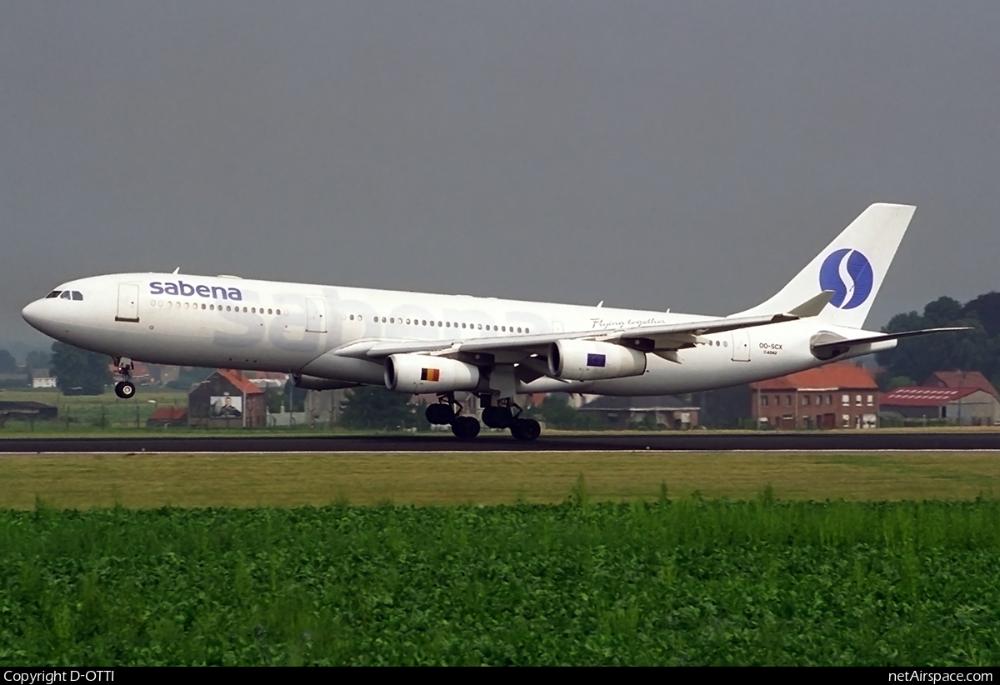
In March and April 1998 two McDonnell-Douglas MD-11 aircraft, joined the fleet and were used on long-haul destinations like Newark, Montreal and São Paulo, which were (re)introduced. 1999 saw new colours introduced to the fleet for the final time, beginning with an Airbus A340. One of the latest fleet types that Sabena introduced, were the A320 and A321 in 1999 as well as the A319 which saw service in 2000. These new planes were part of a record-order of 34 Airbus A320 family aircraft, imposed on Sabena when under Swissair management.
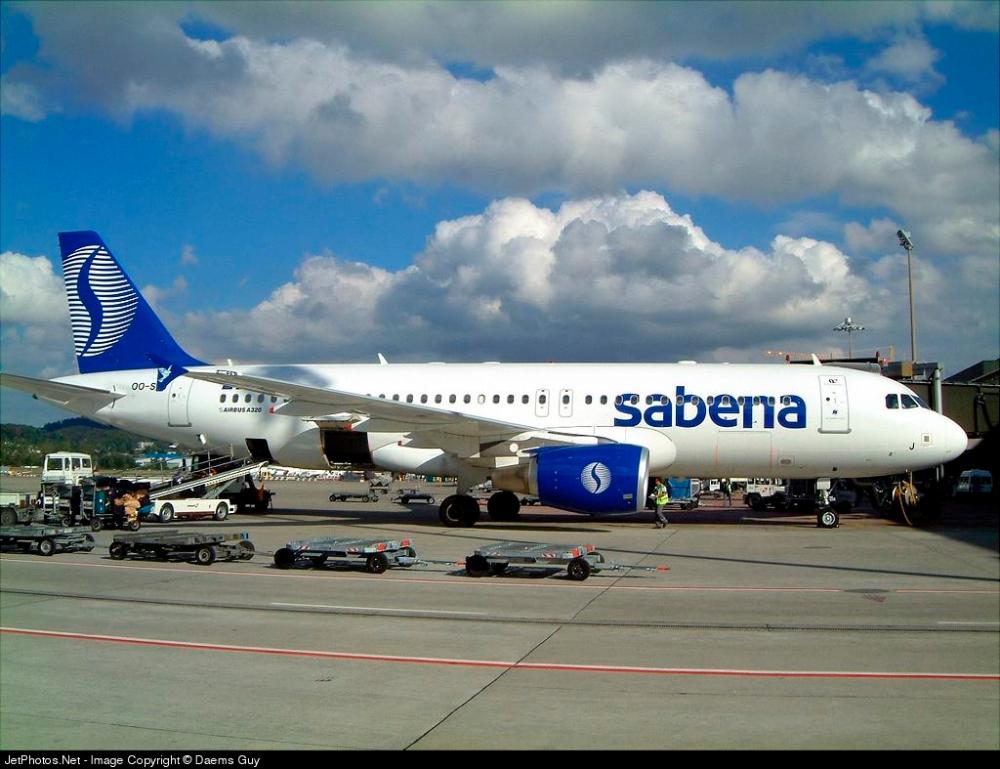
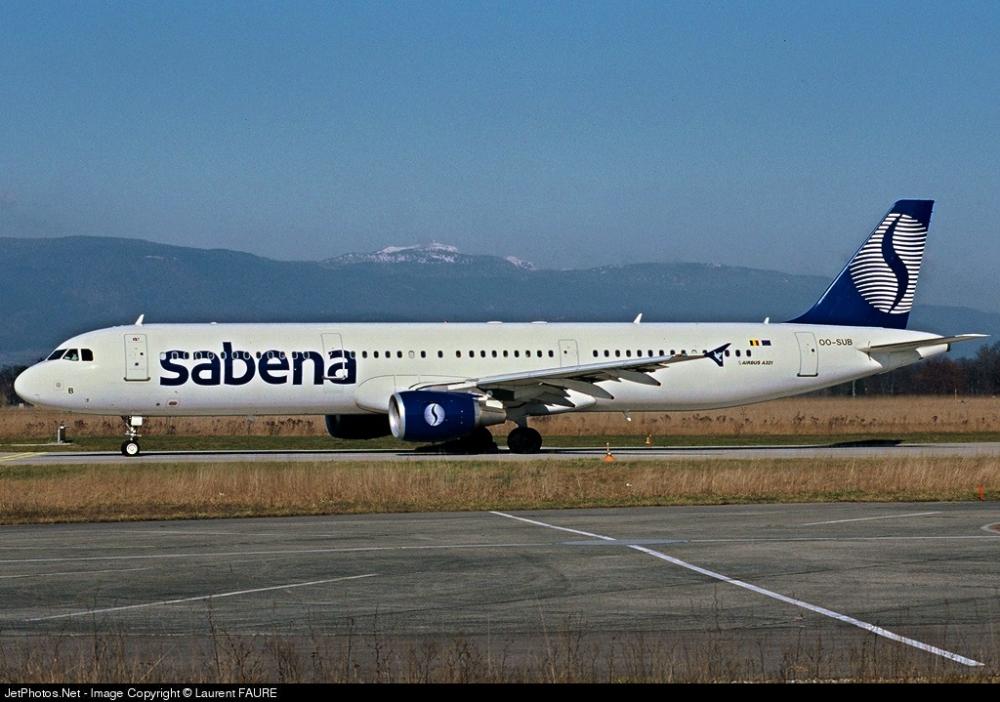
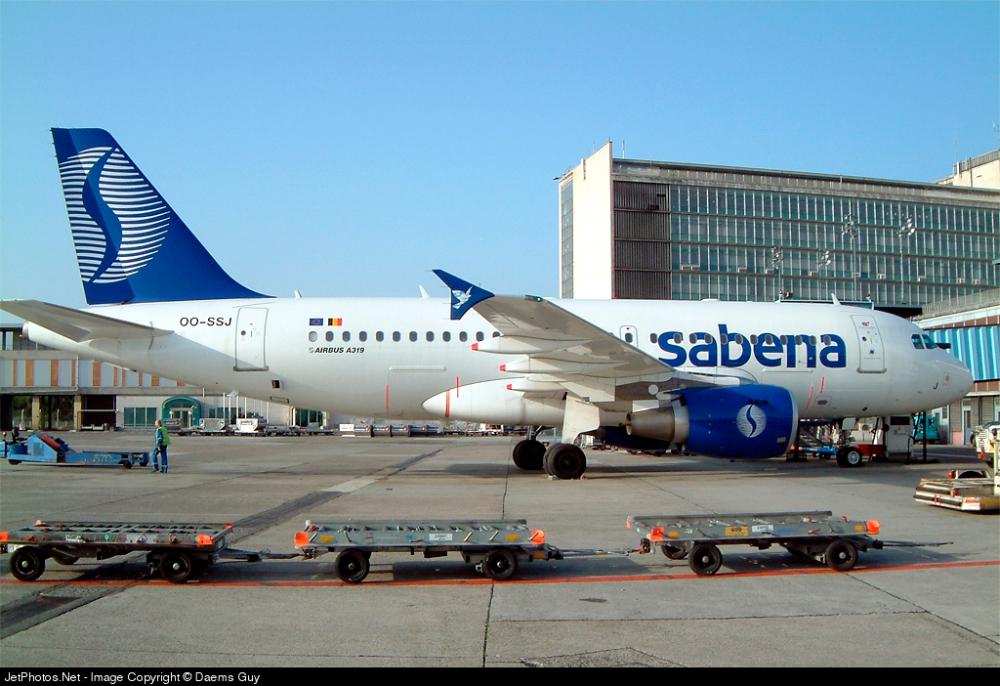
After an airline recession and the effects on the airline industry of the September 11 attacks in 2001, all airlines that flew across the Atlantic suffered. Swissair had pledged to invest millions in Sabena but failed to do so, partly because the airline had financial problems itself, having filed for bankruptcy protection one month prior. The company filed for legal protection against its creditors on 3 October, and went into liquidation on 6 November 2001.
November 7, 2001, was the final day of operations for Sabena. Flight 690 from Abidjan, Ivory Coast, to Brussels via Cotonou, Benin, was the last Sabena flight to land in Brussels. An Airbus A340-300 registered as OO-SCZ operated the flight.
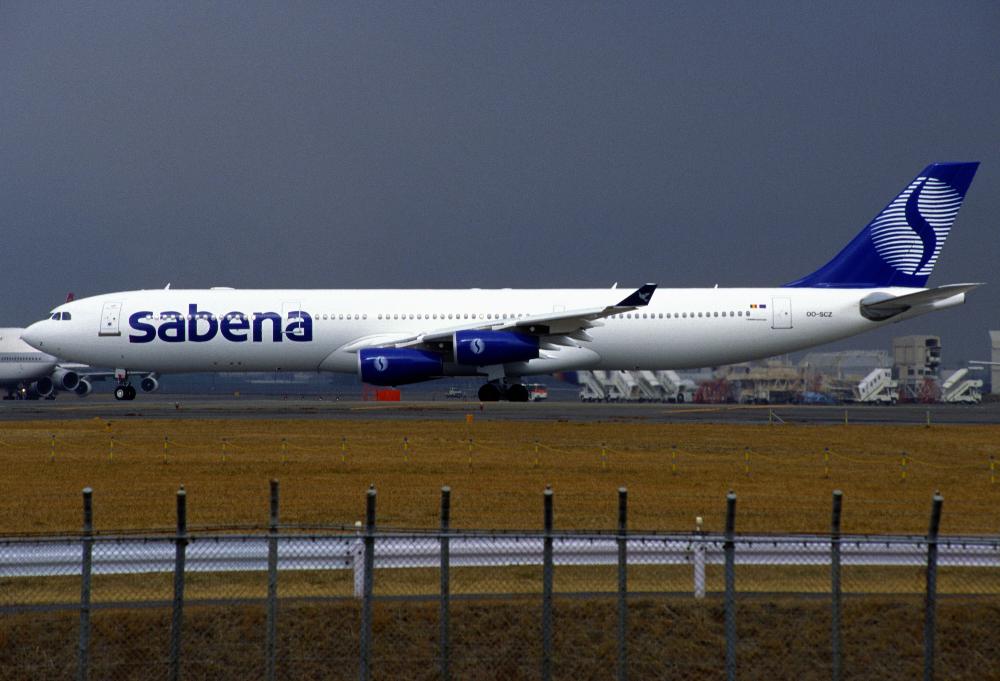
On 1 November 2001, Sabena collapsed, but due to its subsidiary airline DAT (Delta Air Transport, which commenced operations in 1966) DAT could re-launch its operations on 10 November with a flight from Brussels to Geneva, having received all of Sabena's slots at Brussels Airport and thus being able to maintain the successful European network. The regional airline was known as SN Brussels Airlines, and added flights to the United States using former Sabena aircraft, which was created with a new DAT Plus branding. Actually, the DAT name came under the umbrella of SN Airholding in 2002, and was re-organized under a new AOC as SN Brussels Airlines. This airline then merged with Virgin Express, on the 12 April 2005, which became Brussels Airlines, today's flag carrier of the country.
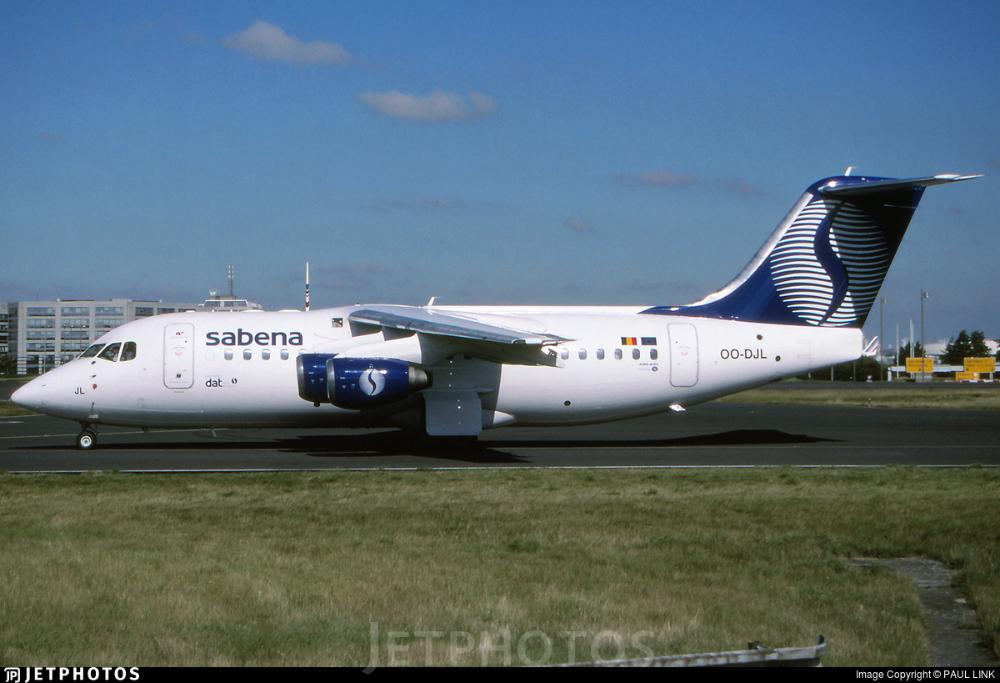
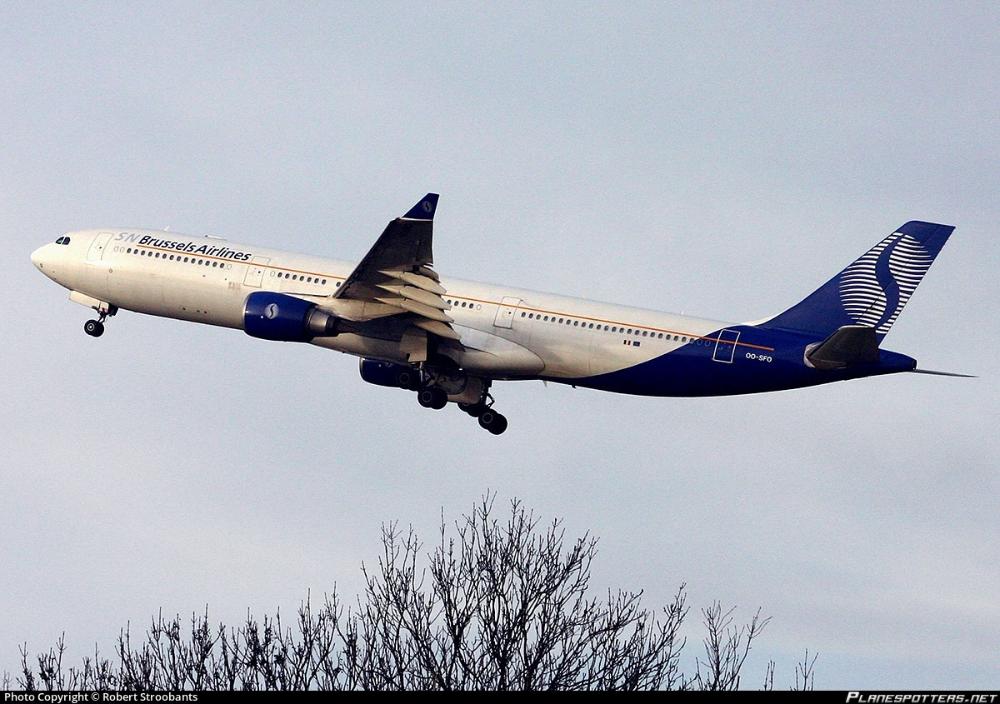
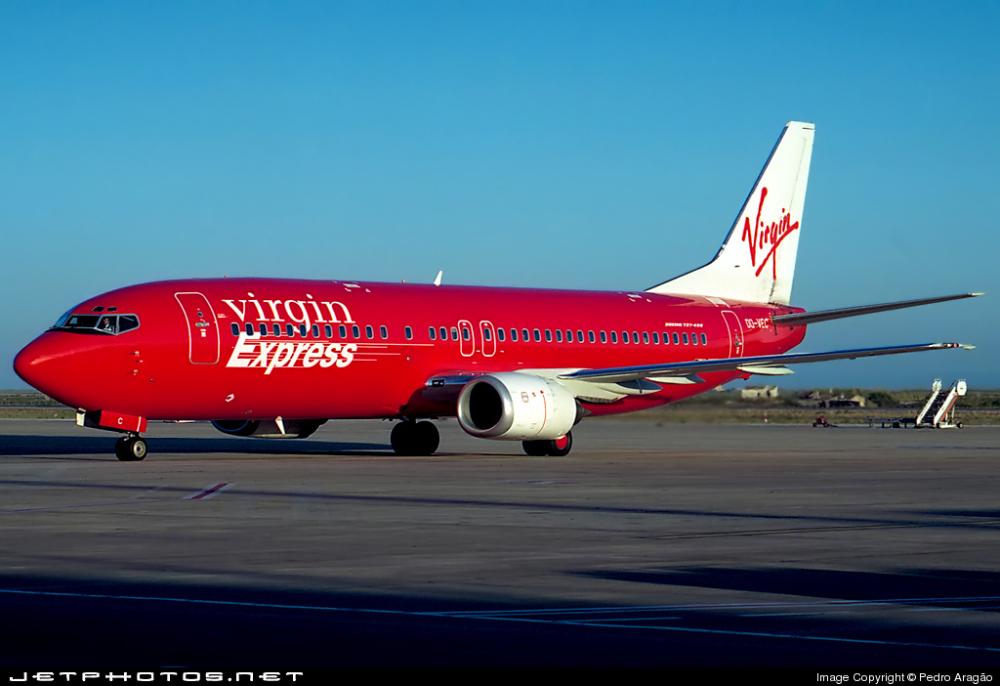
To see more pictures of the former Sabena aircraft please refer to this link

.png)